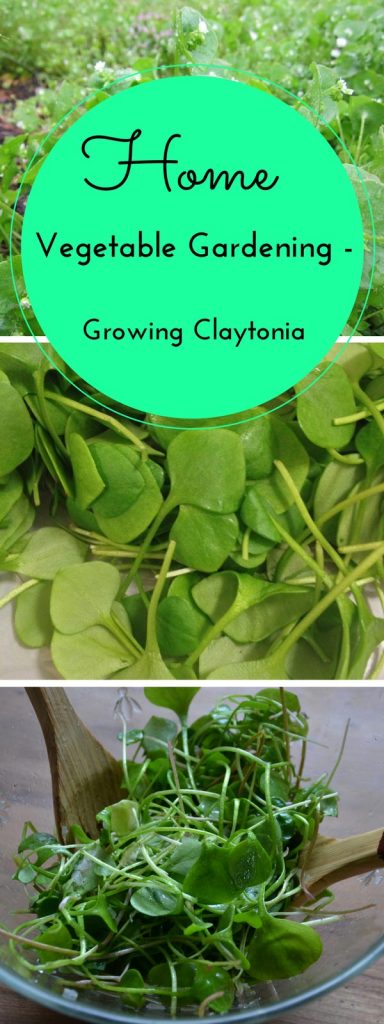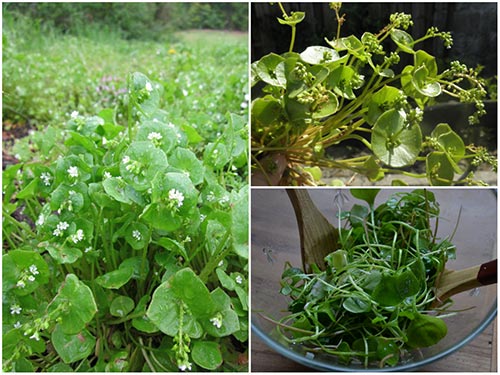Growing edible ground covers, such as claytonia

Growing Edible Ground Covers Like Claytonia: The Tasty Secret Weapon for Your Garden! 🌱🍽️
Why Grow Edible Ground Covers? 🤔
Imagine a lush, green carpet in your garden that not only looks beautiful but also serves up delicious, nutrient-packed greens for your meals. That’s the magic of edible ground covers like Claytonia (also known as Miner’s Lettuce). These low-growing plants offer a trifecta of benefits:
- Weed suppression – No more battling those pesky weeds!
- Soil protection – Keeps your soil moist and healthy.
- Edible delight – A continuous harvest of tasty greens.
Ready to transform your garden into a productive paradise? Let’s dive into how you can grow your own edible ground cover! 🌿
What is Claytonia? 🥗
Claytonia perfoliata, commonly called Miner’s Lettuce, is a tender, succulent green native to North America. Historically, miners consumed it to prevent scurvy due to its high vitamin C content. Its mild, slightly tangy flavor makes it perfect for salads, sandwiches, and sautéed dishes.
How to Grow Claytonia and Other Edible Ground Covers 🌱
- Choose the Right Spot:
- Partial shade to full sun.
- Well-drained, nutrient-rich soil.
- Planting Seeds:
- Sow seeds directly into the soil in early spring or fall.
- Scatter seeds lightly and cover with a thin layer of soil.
- Watering and Care:
- Keep soil consistently moist but not waterlogged.
- Thin seedlings to allow room for growth.
- Harvesting:
- Ready in 4-6 weeks.
- Harvest leaves regularly to encourage new growth.

Top Benefits of Growing Edible Ground Covers 🌍💚
- Eco-friendly: Reduces soil erosion and water evaporation.
- Low Maintenance: Minimal effort for maximum yield.
- Delicious: Fresh greens anytime you need them.
- Pest Control: Deters unwanted pests naturally.
Pro Tips for Thriving Edible Ground Covers 🌾
- Mix it up! Combine Claytonia with other edible covers like creeping thyme or wild strawberries.
- Mulch around your ground covers for added moisture retention.
- Regular trimming ensures a continuous supply of fresh greens.
- Rotate crops annually to maintain soil health.
Common Questions Answered! 🤓
Q: Can I grow Claytonia indoors? A: Yes! Place near a sunny window and keep soil moist.
Q: Is Claytonia perennial? A: It’s an annual but self-seeds easily, returning year after year.
Q: What pests affect edible ground covers? A: Slugs and snails love them, so use natural deterrents like crushed eggshells.
Q: Can I eat Claytonia raw? A: Absolutely! It’s perfect raw in salads or cooked in sautés.
Final Thoughts 🌟
Growing edible ground covers like Claytonia is a game-changer for any garden. You’ll enjoy a healthier garden, fewer weeds, and a constant supply of fresh greens. Ready to get started? Your garden (and your plate) will thank you! 🥗🌱
Thank you for checking out our “Home Vegetable Gardening – Growing Claytonia” article. If you found this article interesting please consider sharing it on Facebook and Pinning it on your Pinterest boards, this will help spread the word and help hundreds of people see this info too. Also let me know in the comments below if you would like to add any more info to this article…
 Home and Gardening Ideas At home and Gardening ideas we believe inspiring readers about homesteading, self sufficiency
Home and Gardening Ideas At home and Gardening ideas we believe inspiring readers about homesteading, self sufficiency





